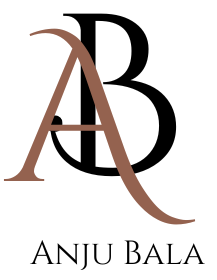Tarot cards are a deck of playing cards that have been used since the 15th century for various purposes, including playing games, as well as for divination or fortune-telling. The deck typically consists of 78 cards, divided into two main sections: the Major Arcana and the Minor Arcana.
1. Major Arcana: These are 22 cards that represent major life events or spiritual lessons. Each card has its own symbolism and significance.
2. Minor Arcana: This section consists of 56 cards, divided into four suits (similar to regular playing cards): Cups, Wands (or Rods), Swords, and Pentacles (or Coins). Each suit has cards numbered from Ace to 10, along with four court cards – Page, Knight, Queen, and King.
People use tarot cards for various reasons, including self-reflection, spiritual guidance, and seeking insights into the future. The practice of using tarot cards for divination is often referred to as tarot reading. Readers interpret the cards based on their symbolism, imagery, and the querent’s (the person seeking the reading) questions or concerns.
It’s important to note that the effectiveness and accuracy of tarot readings are subjective and depend on the beliefs and interpretations of the reader. While some people find tarot readings insightful and meaningful, others view them as purely symbolic or dismiss them altogether.
Whether tarot cards are “real” depends on one’s perspective. From a historical and cultural standpoint, tarot cards are real artifacts with a rich tradition. However, their use for divination involves a more subjective and personal interpretation that varies from person to person. Some see it as a tool for tapping into intuition and exploring the subconscious, while others may view it skeptically or as a form of entertainment.

